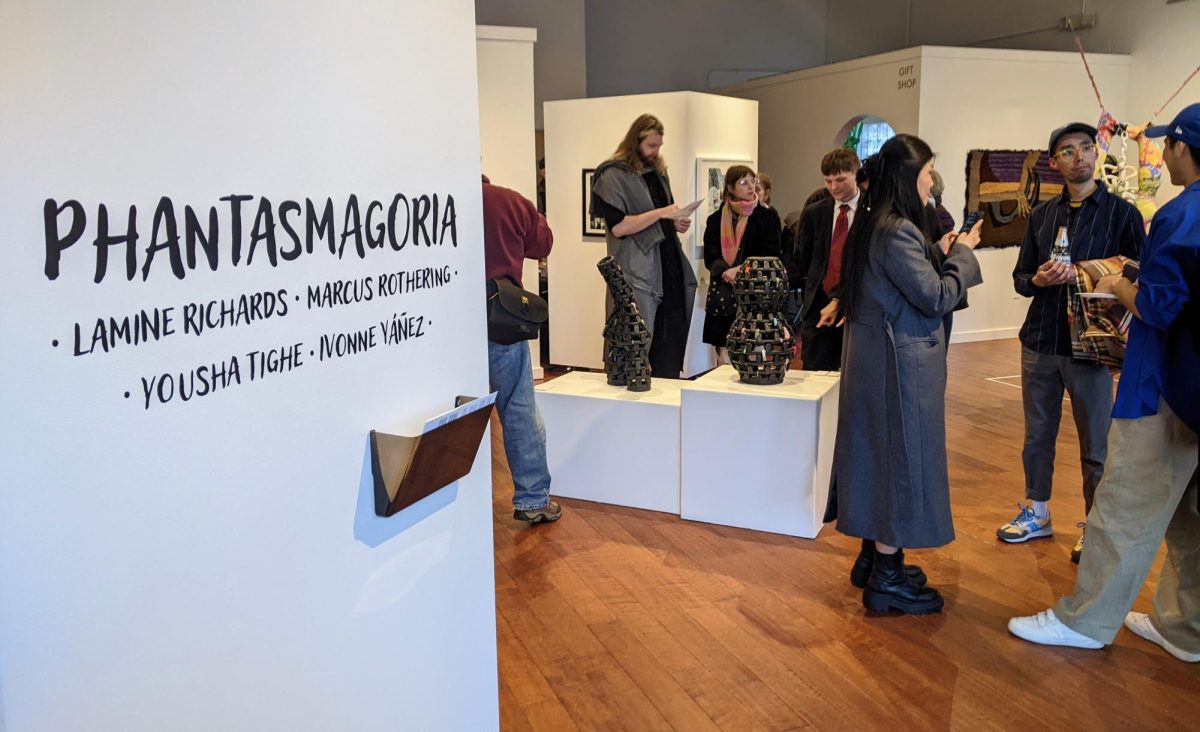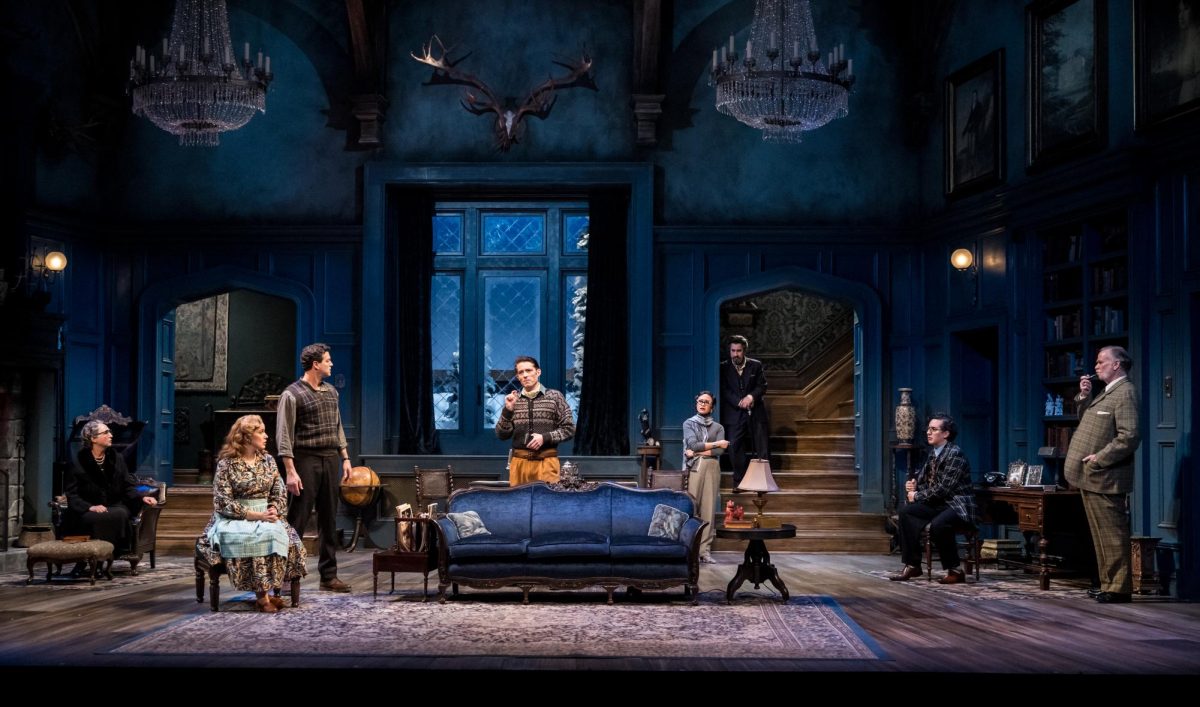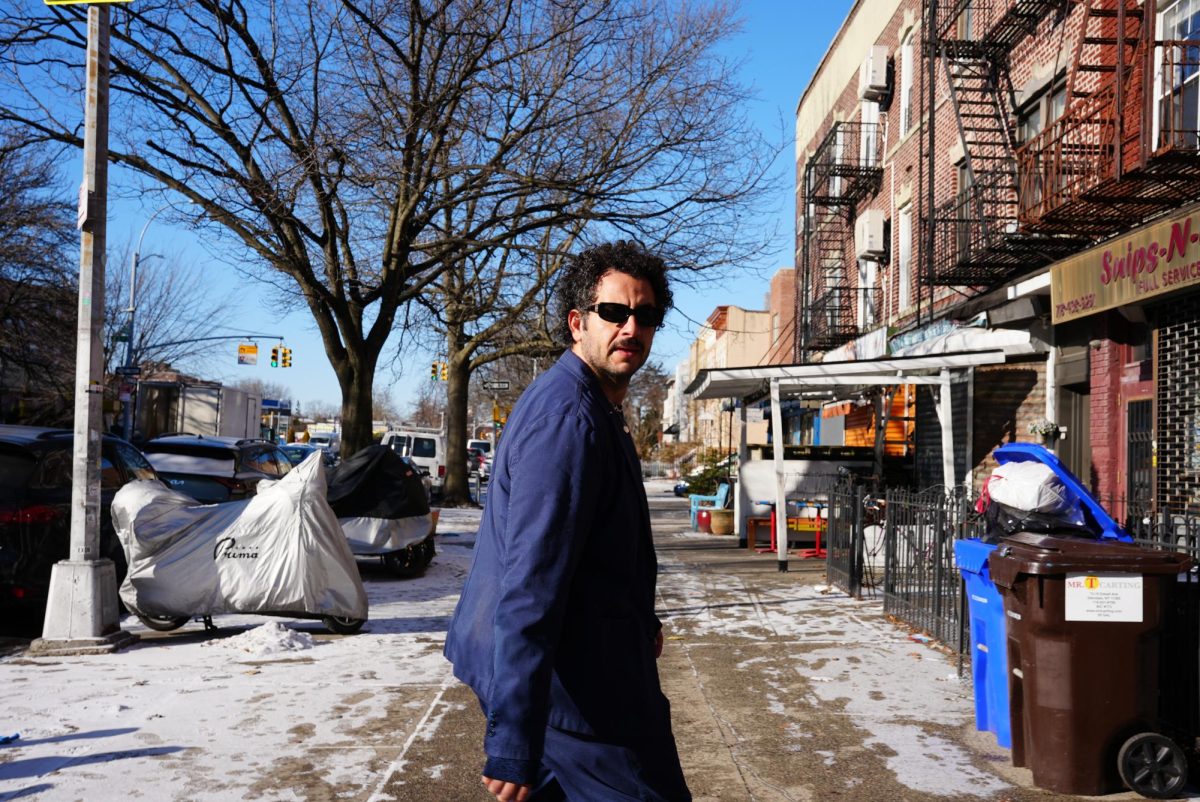What: Cig Harvey: You Look at Me Like an Emergency
Where: Mpls Photo Center, 2400 N 2nd St. #200, Minneapolis
When: through August 19
Cost: Free
Cig Harvey loves vintage dresses. They show up in most of her photos. Young women wear them, surrounded by fireflies or staring pensively out of car windows. Harvey herself wears them in self-portraits shot in the middle of the ocean. The old dresses even show up in the more abstract pictures.
Along with bright color, whimsy and a feeling of mystery, the vintage dresses are the connective tissue that holds together the British photographer’s latest book, “You Look at Me like an Emergency.”
Harvey’s other books have been hand-assembled, and printed in editions of 15. “Emergency” is her first monograph that is being released in bookstores, and her largest publication to date. She said that having more space to work with helped her tell her story in a more structured way.
“I read constantly, so I love a start middle and end. Sometimes in art books there isn’t that.”
In three sections, the book tells the story of Harvey’s past relationships and her search for identity as a young woman in the present day. “Emergency” draws from ten years worth of Harvey’s work, collecting 74 pictures.
Harvey has also assembled 17 vignettes that help tell the story in “Emergency.” The text, also written over ten years, is brief but vivid, referencing particular events or conversations from Harvey’s life.
Harvey said that publishing her writing for the first time made her feel more exposed because it was harder for her to hide emotion behind her bright colors and stylish images.
“I use form and color and light to seduce people, so often times the story behind the work can get veiled,” she said. “I think the text is really more raw and direct.”
“Emergency” finds Harvey delving into new creative territory and the huge body of work that she’s drawing from also show how her work has changed in the last decade.
Harvey used to deal mostly in self-portraits. Intricately posed and lit, these pictures were often awash with symbolism meant to portray her past. The first section of her book is full of these photos.
After meeting her husband and settling down in Maine in 2005, Harvey stopped looking to the past for inspiration and began to make images with her mind on the present. Pictures in the second half of the book are more spontaneous, still carrying symbolic weight, but the symbolism is more associative and less planned out.
“I took a step towards trusting photography more,” she said. “I’ll go and explore and trust that whatever I’m drawn to will somehow fall into the story.”
Just as meeting her husband ushered Harvey into a new place creatively, the recent birth of their daughter, is changing Harvey’s style again. Her post-“Emergency” pictures are darker now, filled with equal parts wonder and dread.
“I think I’ve always been drawn to the human spirit of love, fragility and fear. When you have a baby, and I didn’t realize this until after although I think it’s obvious to most people, those three emotions are really elevated,” she said. “I’m on fire with making images right now.”














